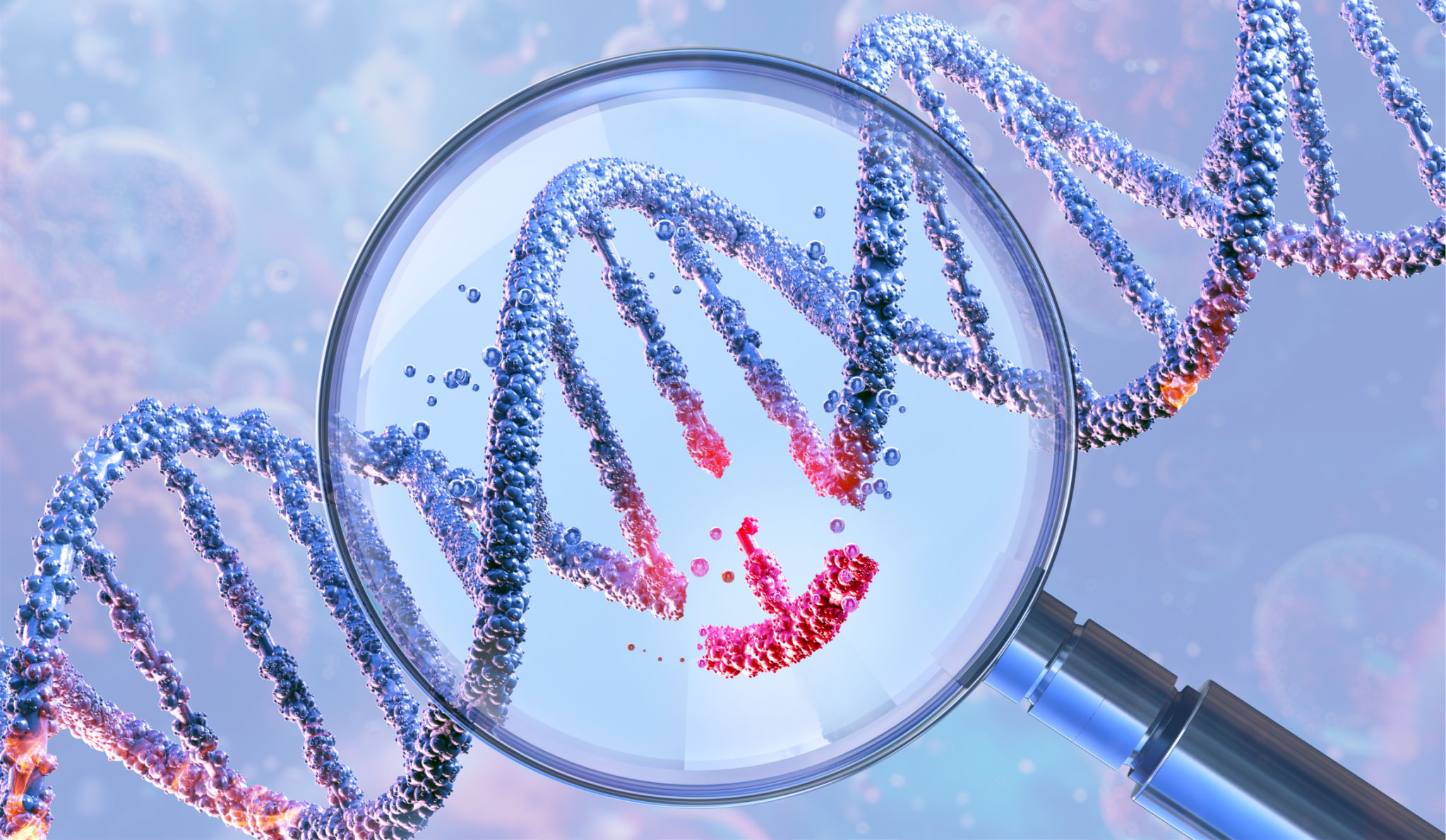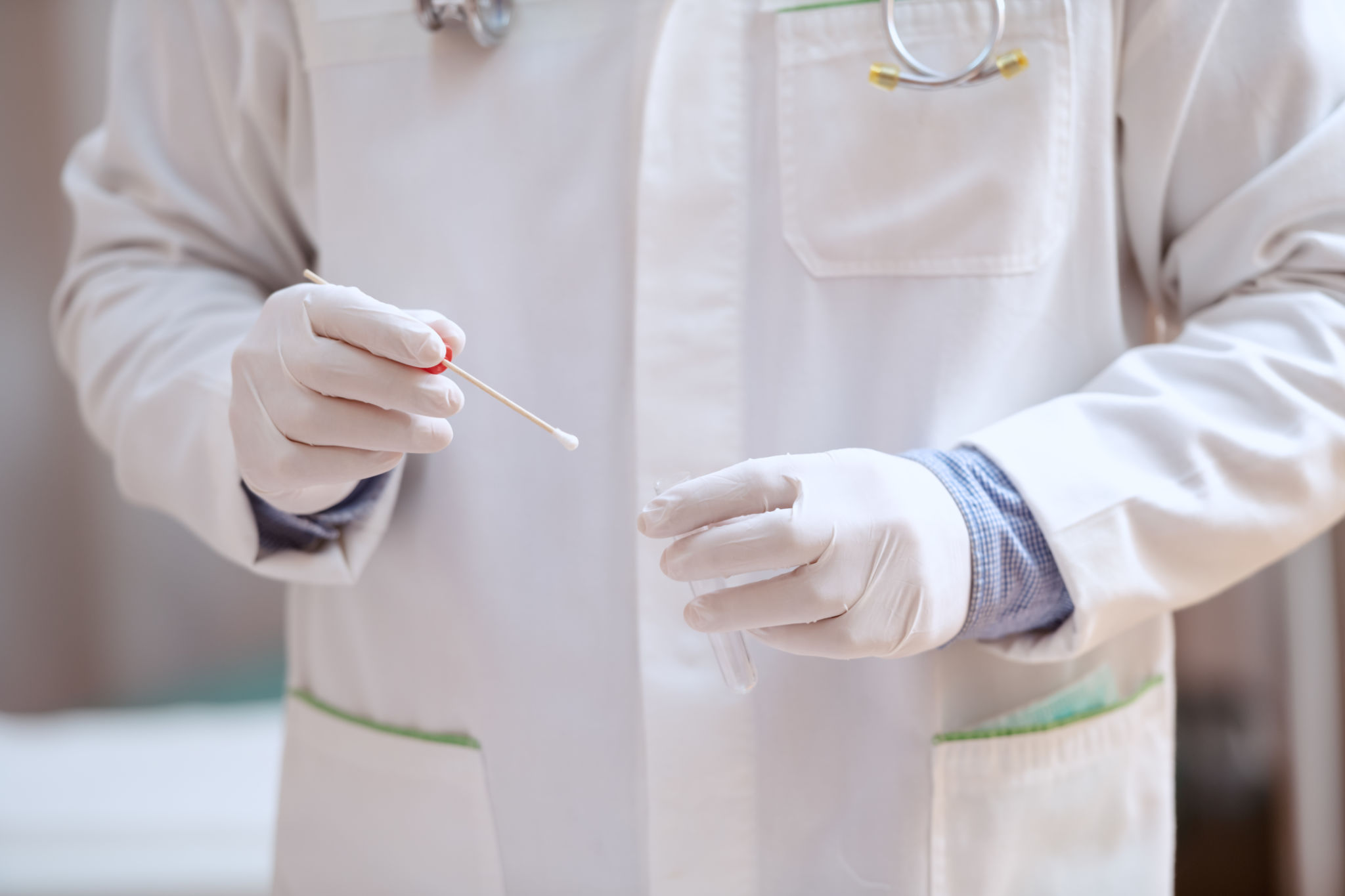Preparing for a DNA Paternity Test: What You Need to Know
Understanding DNA Paternity Testing
DNA paternity testing is a scientific method used to determine whether a man is the biological father of a child. It involves analyzing the genetic material of the potential father, the child, and sometimes the mother to establish a biological relationship. This process is highly accurate, providing peace of mind and legal clarity for families.
Before embarking on this journey, it's important to have a clear understanding of what the test entails, how it works, and how to prepare for it. This guide will walk you through the essentials to ensure you are well-prepared for a DNA paternity test.

Choosing the Right DNA Testing Service
One of the first steps in preparing for a DNA paternity test is selecting a reputable testing service. There are many companies offering these services, so it's crucial to choose one that is accredited and recognized for its accuracy and confidentiality.
Consider the following factors when selecting a DNA testing service:
- Accreditation: Ensure the laboratory is accredited by relevant bodies such as the AABB.
- Reputation: Look for reviews and testimonials from previous clients.
- Confidentiality: The service should guarantee privacy and secure handling of your samples.

Preparing for the Test
Once you've chosen a testing service, preparation is key. The process typically involves collecting samples from the inside of the cheek using a sterile swab. This painless procedure can usually be done at home or at a designated testing facility.
Here are some tips to ensure accurate results:
- Avoid eating or drinking anything other than water for at least an hour before taking the test.
- Brush your teeth and rinse your mouth thoroughly to avoid contamination.
- Follow the instructions provided by your testing service carefully.

The Legal Aspect of Paternity Testing
In some cases, a DNA paternity test may be required for legal purposes, such as child support or custody disputes. If this is the case, it's important to understand the legal implications and ensure that the test is conducted in accordance with legal standards.
Legal tests typically require chain-of-custody documentation to verify that the samples have been handled properly. This means you'll need to have your samples collected by a professional at an approved facility.
Receiving and Understanding Your Results
After submitting your samples, you'll typically receive your results within a few days to a few weeks, depending on the service. The results will indicate whether there is a biological match between the potential father and the child.
It's important to understand that while DNA paternity tests are highly accurate, they are not infallible. Discuss any concerns or questions with your testing provider to gain a clear interpretation of your results.

Coping with Emotional Implications
Paternity tests can be emotionally charged experiences for all parties involved. It's essential to approach the situation with sensitivity and care, acknowledging the potential impact on familial relationships.
Consider seeking support from friends, family, or professional counselors to help navigate any emotional challenges that arise from the test results. Open communication and understanding can make a significant difference during this time.
